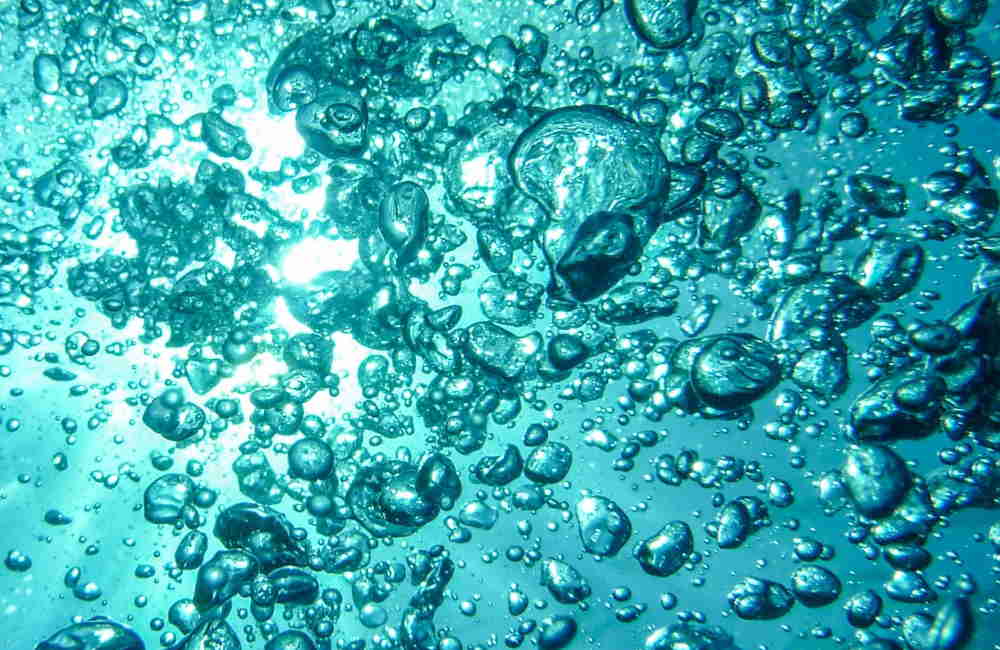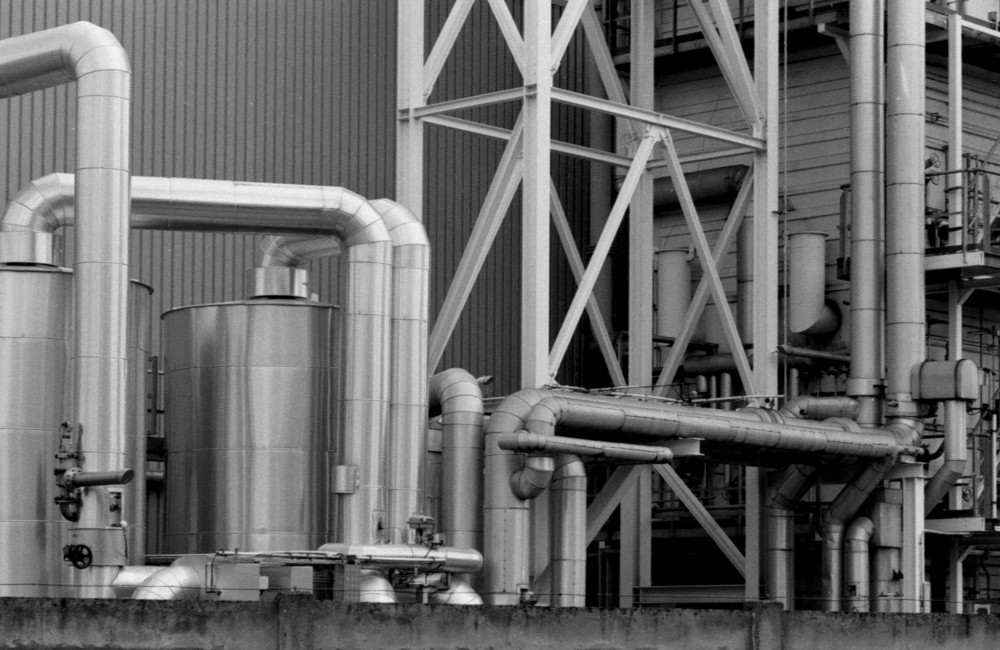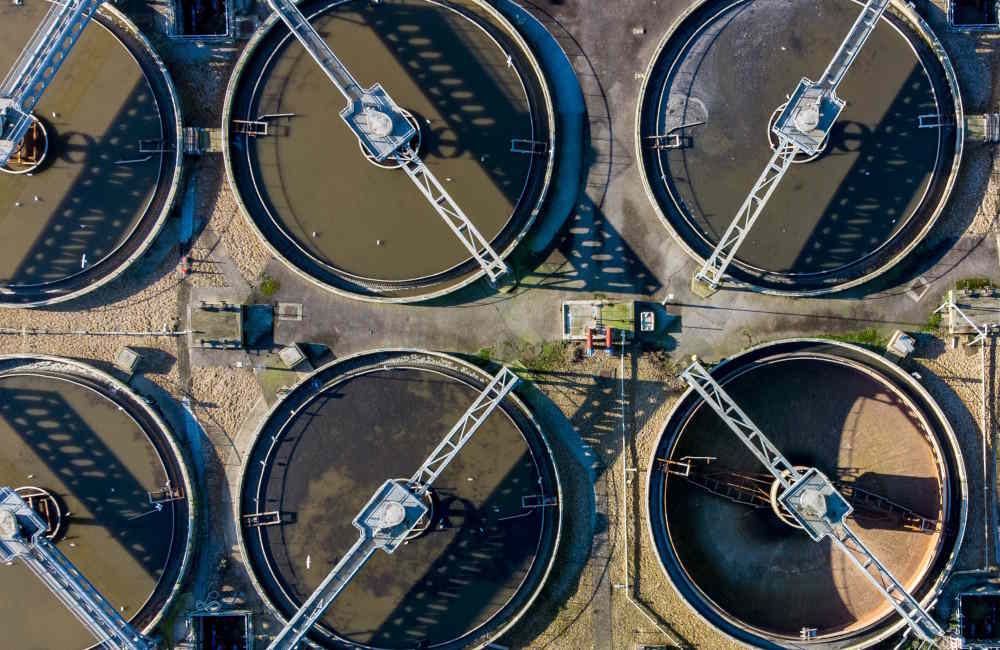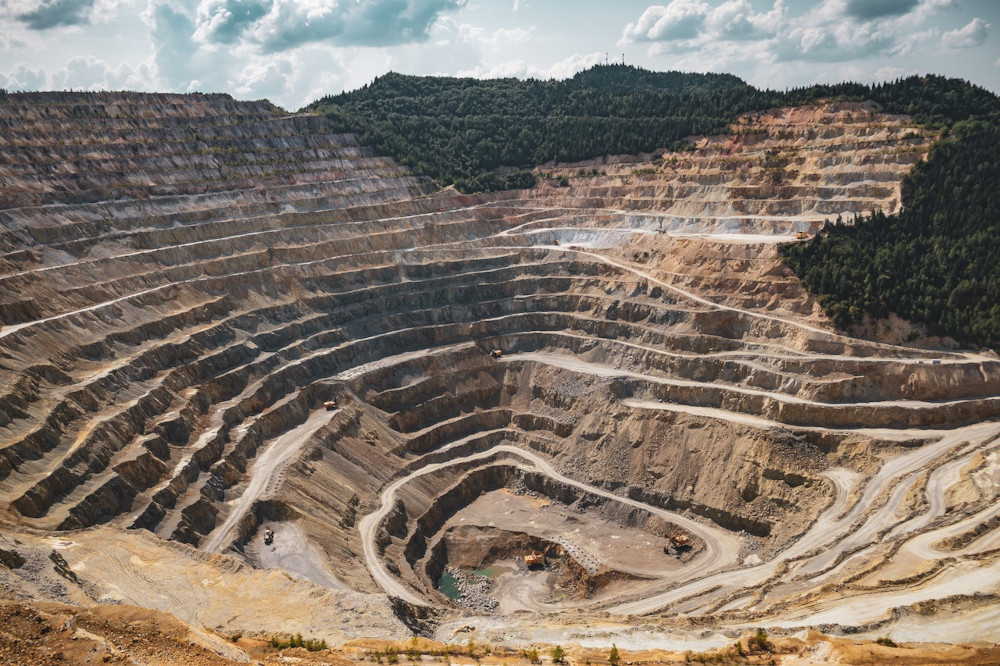






Reagent-free treatment of underground and surface water
Treatment of potable water for Fe and Mn oxidation, removal of natural organic matter (NOM), water discoloration and disinfection are well performed with plasma treatment. Processing of potable water usually takes from 50 to 200 Wh/m3 dependent on the concentration of impurities in the water source. Plasma oxidation is usually followed by filtration to remove the insoluble residues.
Back to top
Energy-efficient bacteria removal
Disinfection of water at a potable water treatment plant after the coagulation-precipitation stage has provided three-log reduction of bacteria with the energy of 20-40 Wh/m3. In some cases, water with relatively high turbidity has to be disinfected. In this case, plasma oxidation is still capable of obtaining good results, which is problematic for the ultraviolet radiation often used for disinfection.
Back to top
Wastewater treatment for organic substances oxidation and COD reduction
Chemical industry wastewaters often contain high concentrations of organic substances, making direct application of plasma economically unjustified. Plasma treatment may then be used after the biological treatment at a polishing post-treatment stage to remove refractory residues. Plasma treatment may also be used prior to the biological treatment for COD and toxicity reduction thus improving the overall purification effect.
Our experiments have shown that plasma treatment of phenolic wastewaters is 2-4 times more energy-efficient than the ozone oxidation. Plasma systems also tend to be simpler than ozonation devices as they do not need gas drying and residual ozone destruction. Oxygen in plasma treatment is not used for ozone transportation, making its consumption two orders of magnitude smaller than in traditional ozonation: oxygen is consumed only in chemical reactions and dissolution in treated water.
Back to top
Removal of lignin and dissolved organic substances
Plasma oxidation has been tested for the removal of ligning from waste water. Efficient degradation of organic substances may be used to improve biological treatment. In this case plasma can be used prior to sending the waste water to bioreactors.
Back to top
Organic substances oxidation and COD reduction
Biologically treated municipal waste waters often contain refractory organic substances, such as medical drugs and hormones in small concentrations. Plasma treatment has been used to remove micropollutants at an energy expense of 150-300 Wh/m
The energy dose effective in disinfection of municipal waste waters did not exceed 20-50 W h/m3. Plasma treatment resulted in reliable bacteria count reduction by at least three orders of magnitude.
Back to top
Oxidation of organic substances, heavy metals and water disinfection,
Mining waters are often polluted with organic substances, heavy metals and bacteria. Plasma treatment will efficiently remove organic pollutants. One example is xanthates, organosulfur compounds are used mostly in the mining industry as bore lubricants and flotation agents for the separation of ores. Plasma treatment ofxanthate-containg water showed higher efficiency than ozonation
Complex action of plasma provide soxidation of iron and manganese and waterdisinfection making the solution ideal at the final treatment stage.
Back to top
Aftertreatment of oil-containing waste water
Oil products are often present in high concentration in wastewaters of petrochemical and mining industries. Oil forms emulsions removable by coagulation with subsequent precipitation, but a small oil fraction dissolves in water and cannot be removed with coagulants.
Plasma treatment efficiently oxidizes dissolved oil components reducing their concentration below 0.1 mg/L at energy expenses of 1-2 kWh/m3. The energy consumption of the process depends on the initial oil products concentration. The energy needed for oxidation is usually smaller than that in application of ozone.
| Treatment stage | Turbidity, FTU | Oil products, mg/L |
|---|---|---|
| Inflow wastewater | 107.7 | 4.14 |
| Coagulation | 5.7 | 1.04 |
| Plasma treatment (1.7kWh/m3) | 3.8 | 0.09 |
| Filtration | 2.0 | 0.04 |

All Rights Reserved. © 2023 Wapulec Oy.